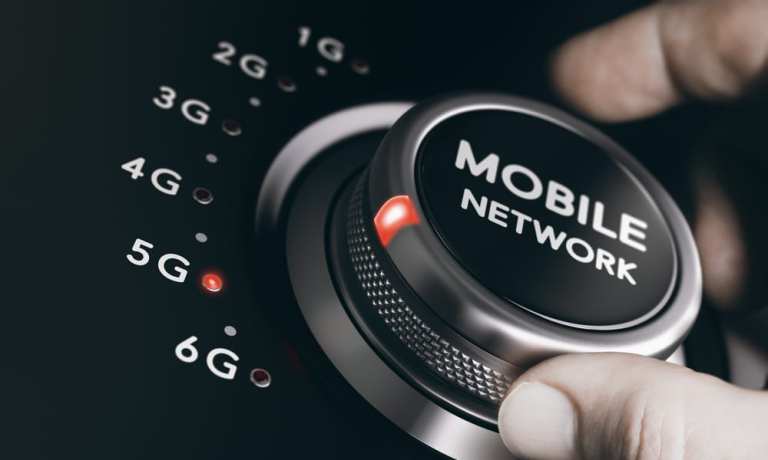
Depending on how you look at it, the pandemic will either slow progress of 5G. Or hasten it.
There’s been a shortage of debate over whether the economic headwinds caused by the coronavirus will dampen carrier capital expenditures (CapEx) and infrastructure deployments.
On the flip side, of course, we’re doing more than ever before from home, across mobile devices, and with applications and activities that demand speed and bandwidth.
In an interview with PYMNTS, Alex Gellman, CEO of Vertical Bridge, which owns and manages communications infrastructure across the U.S. including wireless and broadcast towers, said COVID-19 is likely to spur the evolution of 5G over the longer term.
That’s due in part to the fact that pandemic has shown that individuals and workforces can be more dispersed and still be efficient.
Overall, he said the trend is one where “wireless, in general, will continue to absorb more and more of whatever is done through wired means.”
To get a sense of that evolution, consider the example where mobile phones took away business from wireline phones, because they proved more convenient, and that shift took the traffic away from landlines.
It became easier, with better connectivity and data streaming, to use iPhones, tablets or laptops to conduct daily life. Now we think nothing of viewing videos across screens the size of our palms.
Fundamentally speaking, he told PYMNTS, 5G can be likened to an industrial revolution.
As he told PYMNTS, “5G is going to stimulate use cases that require not just speed but low latency, and which are data-driven.”
He pointed to use cases such as using sensors, in combination with 5G, to take individuals’ temperatures and, as a result, survey public health risks — collecting and analyzing data that can have a profound impact on large numbers of people.
The Path
But to get there, to get 5G up to full potential, requires a mix of infrastructure deployments, private sector and government collaboration, and education.
As he told PYMNTS: “There’s a lot more marketing of 5G than there really is 5G.”
Gellman noted that deployments thus far have primarily been concentrated in urban areas. And as he said, 5G is largely being built atop 4G technology as carriers have been “densifying” their LTE networks, which helps save on costs.
The dense urban networks are being built cautiously, creating platforms that, in turn, may give rise to new applications, business models and pricing. Success across those endeavors will determine how quickly 5G becomes ubiquitous.
Asked about government initiatives, Gellman said that there had been some observers who have advocated for a government-owned 5G network deployment.
But he disagreed with that notion, stating that the government should not compete with the private companies tackling 5G.
“If we really feel that 5G is strategic, that it’s important to get deployed — the quickest and easiest thing to do to support that would be to stop charging [carriers] for the spectrum,” he said.
He said the U.S. faces unique challenges in getting 5G into the field that are not seen in other countries. For example, China does not have zoning approvals, while here in the states, there are thousands of jurisdictions that have their own sovereignty and rules over at least some segments of network deployments.
“I don’t think that’s going to change,” he added.
Against that backdrop, he recommended that there be some standardized legislation across the U.S., along with efforts to educate people about the realities of what 5G can and cannot do.
There is some precedent in place, he said, as the upgrade to LTE in the U.S. was done in a relatively quick and streamlined manner.
“Focus on education, communications and conveying the benefits of this to the cities themselves, and to their citizens, so that they’ll accelerate the approval process,” he said.
Education can do a lot to clear up misconceptions, said Gellman. Among those misconceptions are that 5G is, essentially, an entirely new service. It isn’t, contended Gellman.
In fact, 5G exists as a more efficient use of the existing spectrum, is not fundamentally different from what has come before and is not dependent on certain types of infrastructure.
He said all types of infrastructure, spanning macro towers to small cells, can be part of the ecosystem.
Along the way, as reality catches up to the marketing, said Gellman, there’ll be the ability to support “orders of magnitude” more devices, and sensors that can record a wide range of data.
That can help speed the automation of factory floors or boost the adoption of telemedicine, among scores of as-yet-to emerge use cases.
“The most profound near term impact of 5G is going to be the ability for large enterprises to integrate human/machine interactions in real time,” he said.